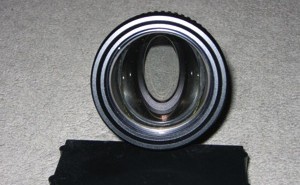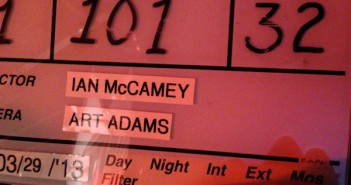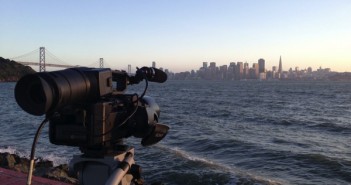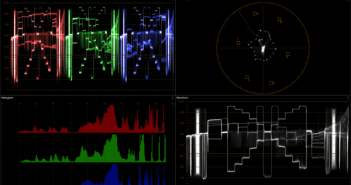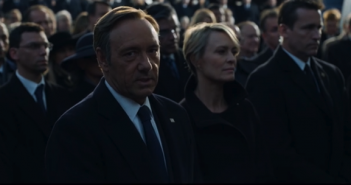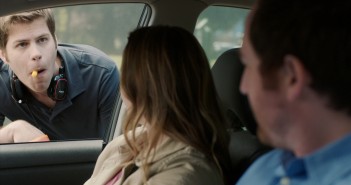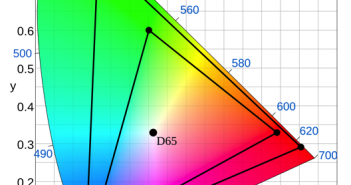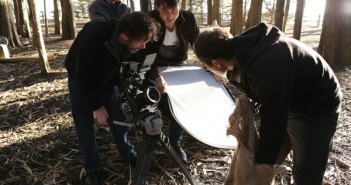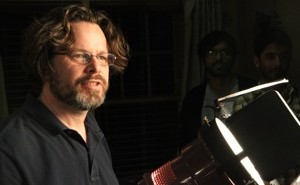
There’s one place in every set that’s never going to be seen, and that’s directly behind the camera. Light from this direction is generally considered uninteresting but if you have a nuanced eye you can create some really interesting looks by putting a light in the one spot that every film school teaches students to avoid.
Lighting direction is important, but so is the size of the source. A small non-diffused light placed directly behind the camera is generally doesn’t work well because it makes people and things look obviously lit. There are situations where this kind of lighting does work–we see it all the time in older movies when a female star has to look her best–but for modern work it feels a bit forced.

